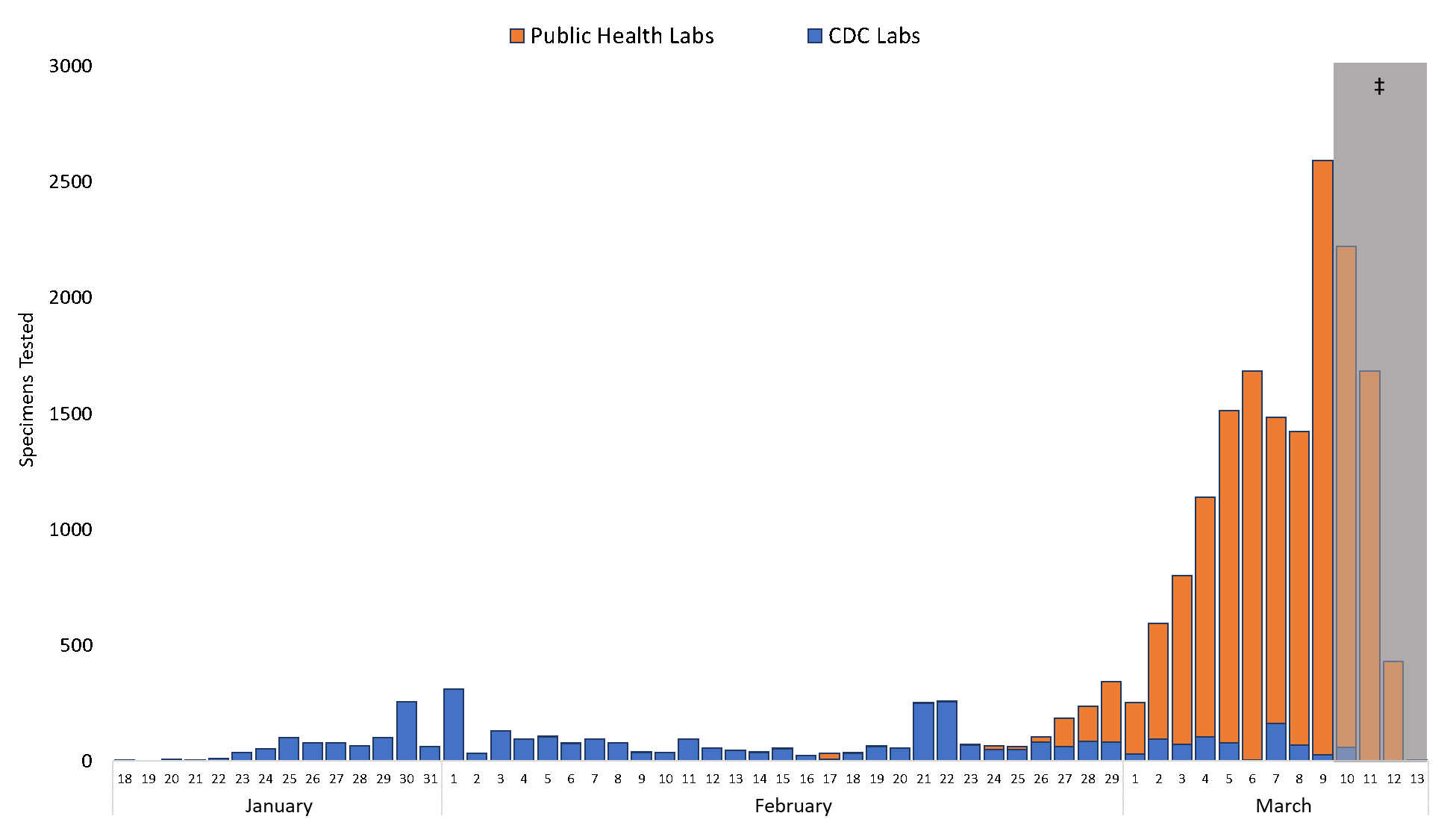Scientist’s Working Group on Chemical and Biologic Weapons
Center for Arms Control and Nonproliferation
February 17, 2014
Introduction: The danger to world or regional public health from the escape from microbiology
laboratories of pathogens capable of causing pandemics, or Potentially Pandemic
Pathogens (PPPs) has been the subject of considerable discussion1,2,3,4
including
mathematical modeling of the probability and impact of such escapes5
. The risk of such
releases has generally been determined from estimates of laboratory infections that are
often incomplete, except for the recent 2013 Centers for Disease Control (CDC) report6
,
which is a significant source of recent data on escapes from undetected and unreported
laboratory-acquired infections (LAIs).
This paper presents an historical review of outbreaks of PPPs or similarly
transmissible pathogens that occurred from presumably well-funded and supervised
nationally supported laboratories. It should be emphasized that these examples are only
the “tip of the iceberg” because they represent laboratory accidents that have actually
caused illness outside of the laboratory in the general public environment. The list of
laboratory workers who have contracted potentially contagious infections in
microbiology labs but did not start community outbreaks is much, much longer. The
examples here are not “near misses;” these escapes caused real-world outbreaks.
Methods of pathogen identification
Modern genetic analysis allows pathogens to be identified, and given a sufficient
catalog of isolates of the same pathogen, it is possible to determine if two specimens are
identical or very closely related. Because all pathogens that are circulating in the
environment show genetic changes over time, one can date the time the pathogen
circulated. For instance, for 20th century human and swine influenza viruses beginning in
the 1930s, one can generally place a virus to a particular year. With modern rapid
genomic analysis outbreaks can be traced with considerable accuracy: for instance the
2009 pandemic pH1N1 influenza outbreak has been analyzed with confidence limits of
branchpoints in its first wave defined within days or weeks, and individual transmission
chains can be identified7
.
Example #1: British smallpox escapes, 1966, 1972, 1978
The WHO’s successful effort to eradicate natural transmission of smallpox in the
1970s highlighted the risk that virology laboratories posed as a source of epidemics. This
Escaped Viruses-final 2-17-14
2
was clearly demonstrated in the United Kingdom, where from 1963-1978 only 4 cases of
smallpox (with no deaths) were reported from smallpox endemic areas, while during the
same period at least 80 cases and 3 deaths were the result of three separate escapes of the
smallpox virus from two different accredited smallpox laboratories.8
Much of the current
policy and practice in biosafety and biocontainment of dangerous pathogens can be traced
to the political and professional reaction to these outbreaks.
The UK became a sensitive test system for smallpox laboratory escapes because it
ended compulsory smallpox vaccination in 1946. Public sentiment in the UK had always
included significant resistance to and apathy towards vaccination, and so by the mid
1960s and through the 1970s a large proportion of children and young adults had never
been vaccinated, and many older persons were never re-vaccinated after initial childhood
or military vaccinations. Thus the protective herd immunity in the general public, which
earlier rendered impotent any laboratory escapes, disappeared. At the same time, the
considerable volume of travel and immigration from smallpox endemic areas of Africa
and the Indian subcontinent meant that surveillance for imported smallpox cases was
required. UK maintained several smallpox laboratories at medical schools for both
research and to support clinical diagnosis.
The first laboratory outbreak to be recognized began in March 1972, in a 23 year
old laboratory assistant at the London School of Hygiene and Tropical Medicine, who
had observed harvesting of live smallpox virus from eggs. This had been done on an open
bench, as was routine, the laboratory having no isolation cabinets at that time. Before she
was placed in isolation, she infected two visitors to a patient in an adjacent bed, both of
whom died. They in turn infected a nurse, who survived9.
The recognition of this laboratory escape resulted in several investigations, which
led to the establishment of guidelines for laboratories handling smallpox and other
dangerous pathogens. These recommendations included handling dangerous pathogens
in biological safety cabinets only in certain dedicated rooms by specifically trained and
designated personnel. Also guidelines were issued for isolation with dedicated gowns and
gloves, and the establishment of proper ventilation facilities to maintain negative pressure
in these rooms and cabinets. These recommendations are the direct precursors to the
current Biosafety Laboratory (BSL) level protocols.
By 1977 the natural chain of smallpox transmission had been interrupted, and the
WHO was in the process of reducing the number of laboratories holding smallpox virus.
In August of 1978 a 40 year old medical photographer at Birmingham Medical School
developed smallpox, and died. She infected her mother, who survived. She worked in a
studio and darkroom that was immediately above the smallpox laboratory at Birmingham
Medical School. Investigation revealed that although the long established laboratory had
been inspected and approved to handle smallpox virus, it did not have sufficient facilities
to meet the new biocontainment requirements, and was scheduled to be decommissioned
at the end of 1978. Moreover, work on smallpox had accelerated substantially in order to
complete existing projects before the closing, and work with smallpox was performed by
laboratory personnel who did not receive appropriate training and supervision, and
Escaped Viruses-final 2-17-14
3
appropriate isolation practices were frequently violated. The most likely route of
exposure of the Medical Photographer was by transport of infectious aerosols generated
by a centrifuge through building ventilation ducts that were improperly sealed and
allowed aerosols to be delivered to one of the Photographer’s working spaces. Laboratory
notebooks and the photographer’s work logs indicated that the strain infecting the
photographer was handled in the laboratory on the same days that the photographer
worked in the potentially contaminated workspace, on dates consistent with the
photographer’s calculated exposure date. Dr Henry Bedson, a world renowned smallpox
investigator who was responsible for the Birmingham laboratory, committed suicide as a
result of the outbreak (Shooter 1980).
The 1978 investigation re-examined a 1966 smallpox outbreak, which in
retrospect was strikingly similar to the 1978 outbreak. The earliest case identified in
1966 was in a medical photographer who worked at Birmingham Medical School in the
same facility as the 1978 case. This outbreak was caused by a low-virulence strain of
smallpox (variola minor), and it caused at least 72 cases of smallpox from February to
August 1966, spread through the midlands of Britain, and Wales. The vast majority of
cases were in unvaccinated children or young adults. There were no deaths.
Retrospective review again revealed variola minor had been manipulated in the smallpox
laboratory at a time appropriate to cause the infection in the photographer working a floor
above.
Example #2: The “re-emergence” of H1N1 human influenza in 1977...
To finish this very important article, go to: https://armscontrolcenter.org/wp-content/uploads/2016/02/Escaped-Viruses-final-2-17-14-copy.pdf























